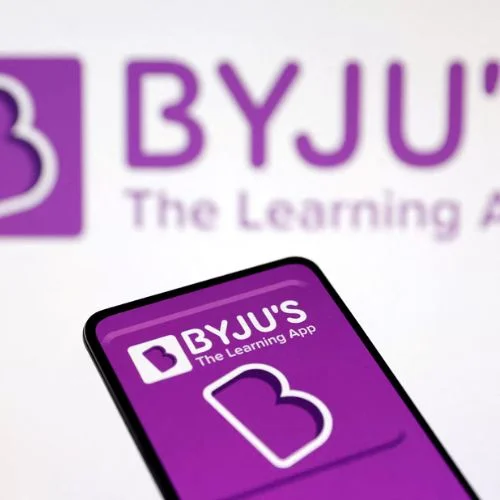Thousands of Indian students who went to Ukraine for higher education now face an uncertain future. Not only did they have to flee the country and return to India in fear of their lives, but there is also the added pressure of not knowing when the Ukrainian crisis will end so that universities can resume. The majority of them had gone to study in Ukraine using a costly education loan.
Here’s what students and parents should know about dealing with education loans taken out to fund studies in Ukraine, as well as what they can do to mitigate the financial impact.
Do not underestimate the importance of loan repayment.
Here’s what students and parents should know about dealing with education loans taken out to fund studies in Ukraine, as well as what they can do to mitigate the financial impact.
Do not underestimate the importance of loan repayment.
Lenders extend their loans for commercial consideration in order to earn interest income and recover their principal. “In general, what has been borrowed from banks must be repaid in some way,” says Adhil Shetty, CEO of BankBazaar.com.
As a result, hoping that a financial institution will waive either the loan or the interest is unrealistic. “There is no consideration for loan forgiveness in a situation as disruptive as war or a global pandemic. Unless the student approaches the lender to work out a viable solution, the student’s obligation to repay the loan remains unchanged “Ankit Mehra, Founder and CEO of GyanDhan, a marketplace for education financing, agrees.
If you fail to meet your repayment obligations, the consequences could be severe. “The penalty for nonpayment is a significant drop in credit score or forfeiture of the collateral.” “The longer the loan is outstanding, the higher the interest rate,” Shetty explains. Any default at this stage will have a negative impact on the students’ credit history and will make it difficult for them to obtain credit in the future.
As a result, rather than ignoring the problem, it is preferable to seek a solution that will assist in the current situation.
Because the majority of students have not completed their studies and have not chosen a moratorium on interest servicing, they can continue to pay the interest portion so that the total outstanding does not rise.
Extending the moratorium period will save the day.
Because the disruption is likely to last a long time (at least a few months, if not years), students who have yet to complete their studies face no immediate pressure to repay the loan, unless they opted for interest payment during the study period. “The loan payment usually begins only after the moratorium, which is provided upon completion of the course. Typically, the moratorium lasts six to twelve months. It is premature to discuss payment while the courses are still in session “Shetty claims
Students who had completed their studies and were working or looking for work in Ukraine could ask the lender for an extension of the moratorium period. “In such difficult circumstances, lenders are willing to offer students a moratorium period or grace period during which they are not required to make any payments on their education loan, but the interest continues to accrue. The intended benefit is to provide a brief respite from financial stress. The unpaid interest is capitalised and added to the principal balance of the education loan, which increases as a result “Mehra says.
While extending the moratorium period may provide some temporary relief, it is not a long-term solution because interest will continue to accrue, significantly increasing the repayment burden.
Restructuring the loan may be beneficial.
If you are having difficulty paying your EMIs, you should speak with your lender about restructuring your loan. “In August 2020, the RBI allowed Indian banks to restructure loans for both corporates and individuals, including students, rather than classifying them as NPAs.” As a result, students’ repayment obligations in Ukraine or Wuhan can be adjusted accordingly,” says Basil Ali, Co-founder, and COO of Edumpus, an educational platform for international studies.















